Preserving the Essence of the Kiri Tansu: Ogura Tansu Ten
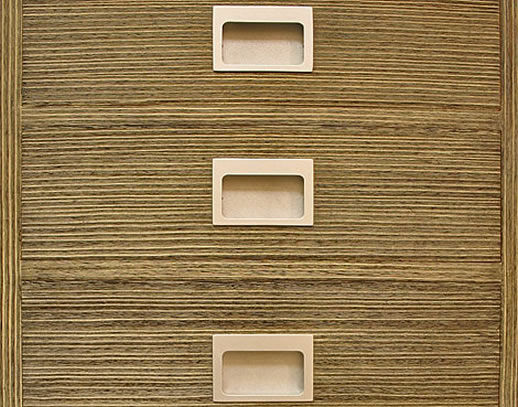
Traditional [kiri tansu (paulownia wood chests) were originally a part of a woman’s dowry that she got from her parents and brought to establish a new household with. They were passed down from generation to generation, being repaired along the way. However modern Japanese lifestyles have left little room for old traditional furniture. Kamo City, in Niigata is a production center for kiri tansu, where they’ve begun to make products for modern lifestyles while maintaining traditional techniques. We paid a visit to Ogura Tansu Ten, a shop which was established in 1793.
Interviewed by Reiko Yamamoto . Translation by Claire Tanaka
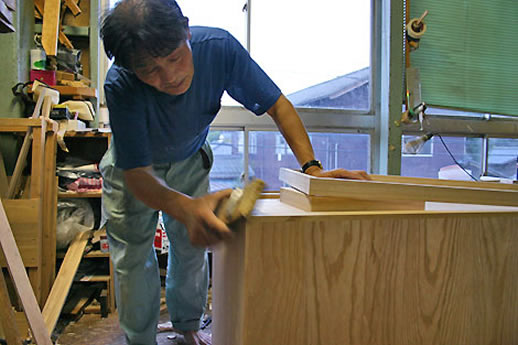
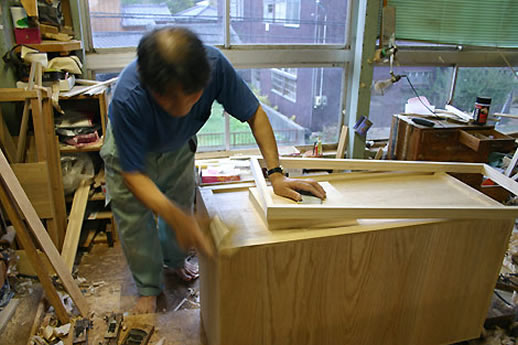
Q: Kamo seems like a place well suited for making furniture, since it’s surrounded by mountains.
A: Our company used to be located closer to the Kamo River, but it was a wild river which often overflowed its banks, and our stock got washed away. That’s why we moved to our current location which is further away from the river. Kamo has always been a carpenter’s town, but the reason why it has flourished as a kiri tansu manufacturing center is because of the access to good materials and the good transportation system. The lay of the land here in Kamo is similar to [Kyoto](http://www.city.kyoto.jp/koho/eng/index.html), with mountains on three sides and a river running through the middle. The mountains are close by so it’s easy to harvest the timber and transport it. And the next town over is Sanjo, which is a metalsmithing town, so we have always had access to good tools.
Q: Many people have the image that kiri tansu chests are financially beyond their reach.
A: Kamo’s kiri tansu haven’t always been a luxury item. If you look back 220 years ago, it was situated more in the field of folk craft, with “beauty of utility” and all that. The original form was a plain box, without any drawers. Then the common people of Edo started to get a little more prosperous and where they’d only had one kimono this grew to two, and then three, and the tansu was born to stock these clothes. Japanese people have a habit of pursuing things in great detail, so after that they just kept improving their techniques and materials and the tansu started on the road to becoming a luxury item. I started working here twenty five years ago in the 1980s, which was during Japan’s economic boom years, and I figure that was the peak of the luxury kiri tansu industry.
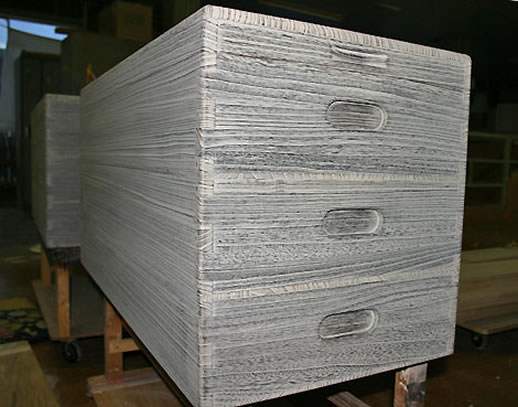
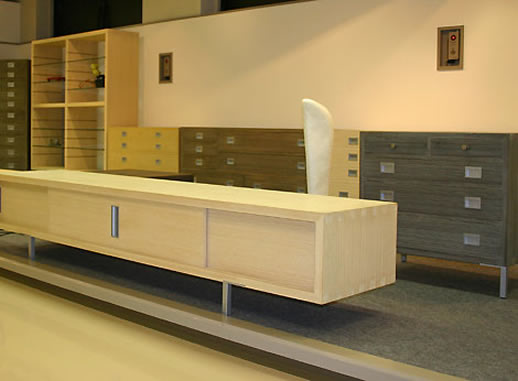
Q: What are your thoughts on kiri tansu design?
A: Before, we had never thought about design at all. You could say we depended on tradition. Up until the early 1970s or so, kiri tansu were a traditional part of a new bride’s dowry, so we had a steady demand, and didn’t have to think much about our work. It was like assembling model cars. Cut out the pieces, put them together, then finish it. All we had to do to stay in business was keep on just as we always had. But then, western-style furniture became the mainstream. That was when we had to start looking at new things. The tansu cooperative group tried a lot of different things in the 1980s and even asked famous designers to make some designs, but that didn’t work out in the end. I thought the life cycle of the kiri tansu as a product had come to an end.
Q: The life cycle of a product?
A: For example, at one time a black and white television set was the norm, and then color televisions came in just in time for the Tokyo Olympics in 1964, and next came the era of plasma screens, right? Just like that, products have a life span. I think kiri tansu have passed their prime, and now they’ve reached the end of their life cycle. That’s why we’ve got to develop new products to fit the times.
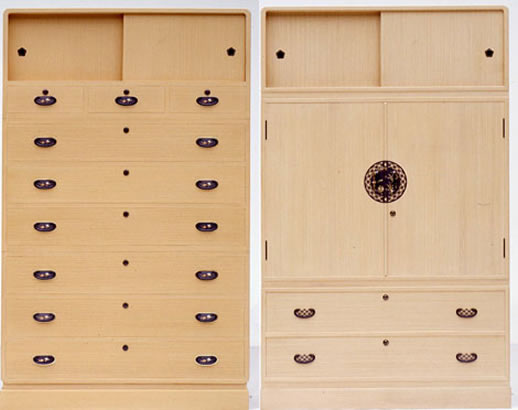
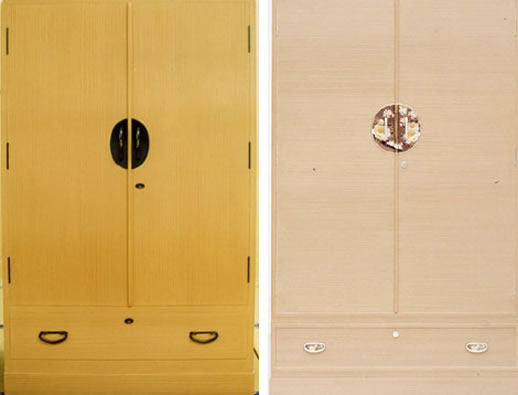
Q: That’s why you decided to to answer the call of the Kamo Chamber of Commerce and participate in the Japan Brand Development Assistance Program.* Now that you’ve been involved for four years, how has it been?
*The Japan Brand Development Assistance Program supports projects that work to help small and medium enterprises in regional areas of Japan to use their traditional manufacturing techniques and materials to develop a brand with international appeal. The KAMO Traditional WOOD Japan project is a collective of seven Kamo kiri tansu and furniture makers working together with designer Eiri Iwakura to develop products under the KAMO brand.
A: We started with no knowledge at all; we started out with questions like, “What is a brand?” and “What can we do to make our customers happy?” Working with designer Eiri Iwakura was something that really taught me a lot, personally. The thing I learned most about was branding techniques. What does it mean to raise your brand value. At first, I couldn’t quite get to grips with it, but once we produced some goods, I started to understand.
Q: Specifically?
A: For example, on a traditional tansu, there’s a square frame which is attached to the base called a “daiwa.” It’s there to distribute the weight of the chest so it can be stable on a tatami floor, but for me it’s just what we’ve always done. I never would have come up with the idea to change it. But in Mr. Iwakura’s case, he has no fixed concept of what a tansu should be, so he easily came up with the idea of attaching legs to the tansu so it would fit in with a western style room. “Imaginative power equals creative power.” In other words, if you can’t imagine something you can’t make it. That was one thing I learned by working with him.
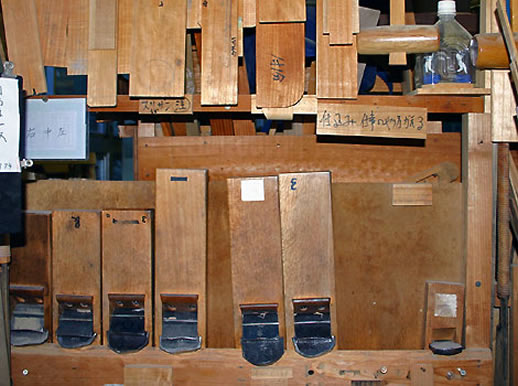
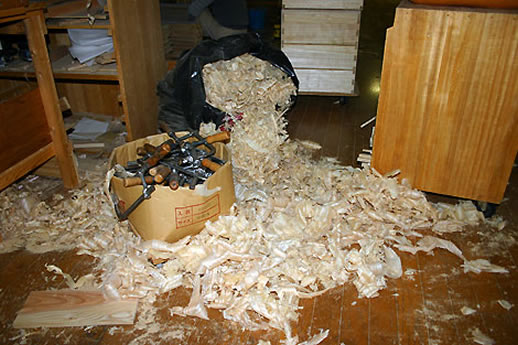
Q: But wasn’t it difficult to get the cooperation of the craftspeople when you asked them to try something new?
A: The first reaction of the craftspeople was “What a pain.” (laughs) Naturally it’s easier to just keep on doing what we’ve always done. I think the craftspeople start to feel like making something new is fun and interesting when the final product arrives at the customer and their feedback comes back to the workshop. That takes time to happen. On the other hand, while we have incorporated new designs into our work, I do plan to maintain the best parts of the original Kamo kiri tansu. The most important detail is the way we make them without any gaps. There is zero space between the drawers, so there’s a high degree of airtightness. That’s why if you push the top drawer shut, the air inside is pressurized and the drawer below it pops out a bit.
Q: There certainly aren’t any gaps. How do you make it so airtight?
A: We start off by cutting the drawer slightly larger than the shelf in the body of the chest, and then gradually shave wood off with a plane until it fits perfectly. It takes time and effort, but as a result we can make it perfectly airtight. A while ago, we went to a trade show in Germany and a local meister came to see our products and he was very surprised, and said, “Unbelievable. From our point of view, that’s absurd.” With western furniture, they start out with a drawer that is smaller than the shelf, and the bottom of the drawer is even slightly sunken. They intentionally create a gap. It’s completely opposite from the way we make kiri tansu. Even so, our drawers are made better than theirs, so he told me, “You’ve got a technical strength that we don’t have.” I think that’s the essence of kiri tansu.
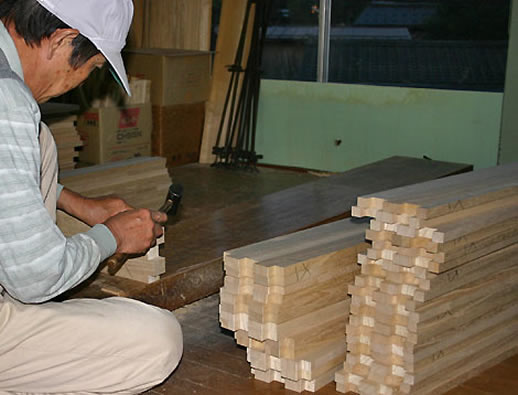
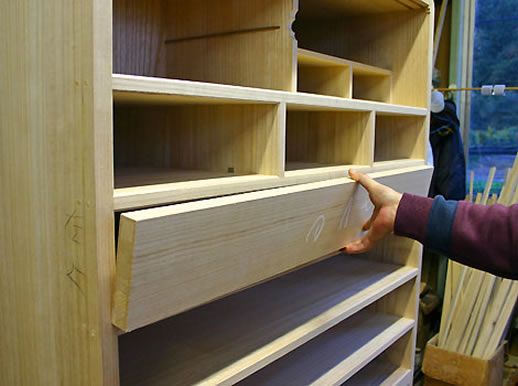
Q: Hozo-kumi (The method of joining wood without using any nails) and the wood grain in the main unit are really beautiful.
A: Hozo-kumi is a method where the materials and the construction are left in full view, so it has to be made by an experienced craftsperson using good materials. Most western-style furniture these days is made from particleboard with a decorative laminate attached on the visible surfaces, so it’s not suitable for hozo-kumi style joinery. We use hozo-kumi not so much as a point of pride, but simply because it’s what we’ve always done. In order to make a piece with beautiful wood grain, cutting the wood for each part becomes very important. You’ve got to use multiple pieces of wood in combination to make it look like on big uninterrupted piece of wood. This technique is called itakumi, and it takes a seasoned craftsperson to do it well, communicating with the wood as he works.
Q: When I think about the high level of skill the craftspeople have, and how many generations have passed down those skills, I start to feel like I can no longer say “Kiri tansu are too expensive and out of my reach.” In fact, the modern habit of buying cheap, throwaway furniture starts to sound strange.
A: We’ve simply been preserving our traditional techniques like making drawers without any gaps and making beautiful wood surfaces from regular boards. Said another way, I think there was a reason to carry on the tradition and that’s how kiri tansu managed to stay around for more than two hundred years. On the other hand, preserving tradition isn’t just about continuing to do the same things you’ve always done. Keep the essence and the rest has to be changed to fit modern lifestyles and sensibilities. If modern people live in homes with wooden floors and built-in closets, then they need something that fits into that space. But you mustn’t touch the essential core. I think it’s important to keep that balance.
Ogura Tansu Ten Shinsakae-cho 7-22, Kamo City, Niigata
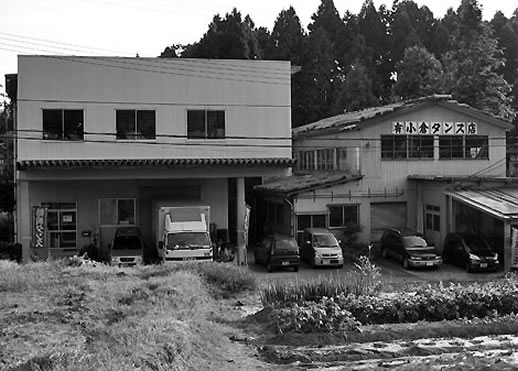
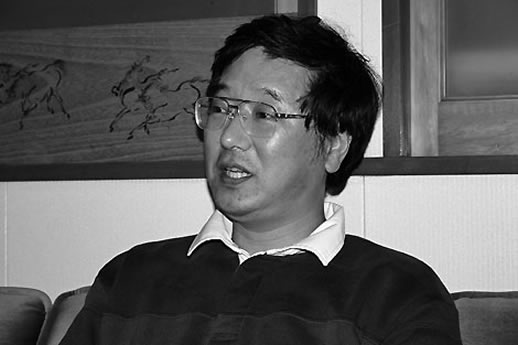
A Word from a Regional Project Participant


Kiri tansu, with 220 years of history, had a solid place in Japan’s tatami-based culture. But Japanese people’s lifestyles have changed from eastern to western, and for reasons such as, “new homes don’t have tatami-floored rooms,” “there’s no space to keep a kiri tansu,” and “no one wears kimono anymore,” the opportunities for people to use a kiri tansu have been dropping. There are currently approximately forty kiri tansu manufacturers in Kamo, but they are clearly scaling back operations. The craftspeople are aging, and at this rate, the skills will die out with the craftspeople.
This is the situation we were in when the JAPAN Brand project suggested that we make some kiri tansu that are appropriate for spaces with wood or carpeted floors and we asked designer Eiri Iwakura to make some new designs for us. The result was chests with legs made to suit western-style rooms, and pieces which look good in smaller apartment spaces. This was done while preserving traditional techniques and materials, and we even use our old buffing powder for the same finish we’ve always done.
Currently, there are four kiri tansu companies, one folding screen company, and two joinery companies for a total of seven companies who are cooperating to promote KAMO as a single brand under the JAPAN Brand project. Naturally it takes many years to develop a brand and it’s not a simple thing, we know that perfectly well. However, we have all thought together about “what is a brand” and progressed forward trying different things and making mistakes, and finally our ways of thinking are beginning to come together. We are hoping to incorporate as a business eventually.
Naturally being able to sell our products is an important part of this project, but even more important is that we are able to stimulate the craftspeople who have been making the original traditional furniture for so long. After continuing to work at this project for four years, the production region on the whole has begun to lean towards having a go at making western-style goods, and that makes me really happy.
Japan Brand
Japan Brand



